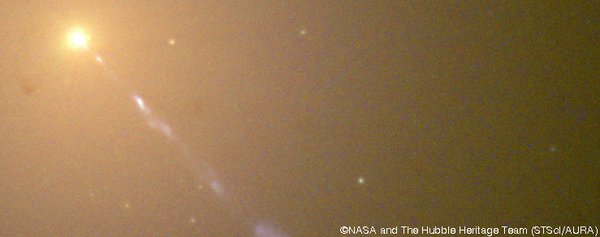In view of future gravitational wave detections, a new and exciting field of astrophysics is opening, namely multi-messenger astronomy incorporating gravitational radiation. This will deepen and challenge our understanding of the universe. The numerical modelling of astrophysical sources plays a central role in studying candidates for multi-messenger astronomy. We use the Einstein theory of General Relativity coupled with the Maxwell equations in order to compute the gravitational and electromagnetic signals. We investigate full general relativistic modeling of astrophysical sources, ranging from black holes in magnetized environments to magnetized neutron stars, with the purpose of extracting information about the physical system and possible correlations between the gravitational wave and electromagnetic signature.
Multi-messenger astronomy requires the study of astrophysical processes involving strong and highly dynamical magnetic fields, like the magnetosphere of rotating neutron stars, the collapse of magnetized stars and collisions of magnetized neutron stars, for which the resistive effects may play an important role. An interesting scenario in this category is the merger of two supermassive black holes immersed in a magnetic field environment. Our numerical studies, based on a new approach to imposing the force-free approximation, reveal a very interesting phenomenology: a dual-jet structure produced approximately at the position of the black hole horizons and a non-collimated predominantly quadrupolar emission, with an associated luminosity that dominates the total electromagnetic signature of the binary. This allows us to provide quantitative estimates of the scaling of the electromagnetic emission with the orbital frequency of the binary, and a correlation between the gravitational wave and electromagnetic signature. These results impact on the potential detectability of dual jets from supermassive black holes.
Another topic of interest for us in multimessenger astrophyscs are astrophysical scenarios that could provide us with evidence for the presence of dark matter and maybe even reveal its nature. One mechanism could be the accretion of dark matter on compact objects, like neutron stars and white dwarfs, which could become sensitive probes of its presence. An approach to modelling compact stars with a dark matter component involves a perfect fluid minimally coupled to a complex scalar field representing a bosonic dark matter component. The analysis of these fermion-boson stars shows stable and unstable structures, similar to that of an isolated (fermion or boson) star. However, a detailed analysis of the spectrum of normal modes indicates the presence of new oscillation modes in the fermionic part of the star, which result from the coupling to the bosonic component through the gravity. The dynamical evolution of these systems is a powerful tool in investigating their properties and in providing estimates on the amount of dark matter in the system.
Despite the latest development in computational power, there is still a large gap in linking relativistic theoretical models to observations. Our aim is to provide more insights into the physics, nature and behavior of compact objects, by providing new and improved numerical approaches to solving different aspects of gravitational wave sources.
